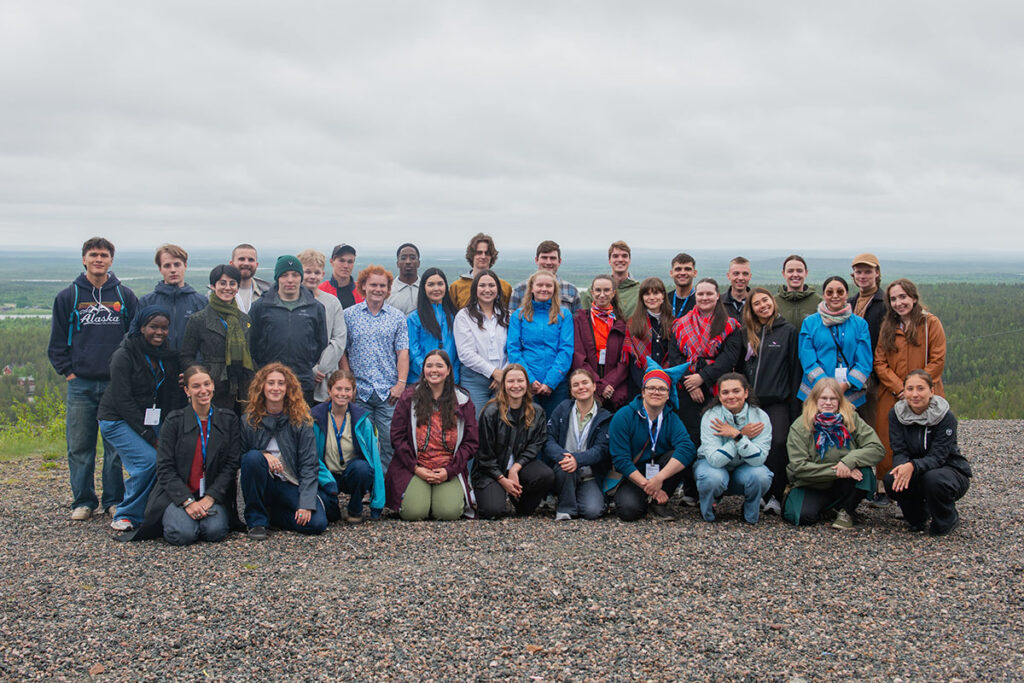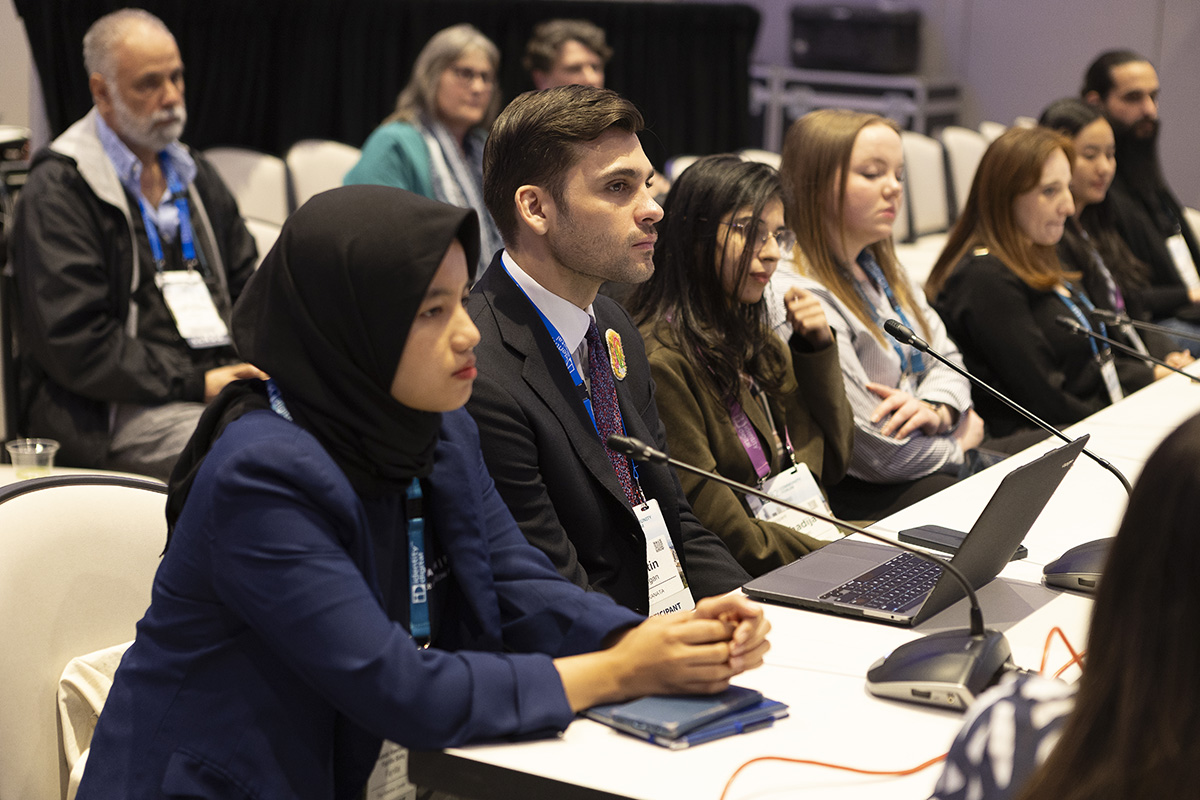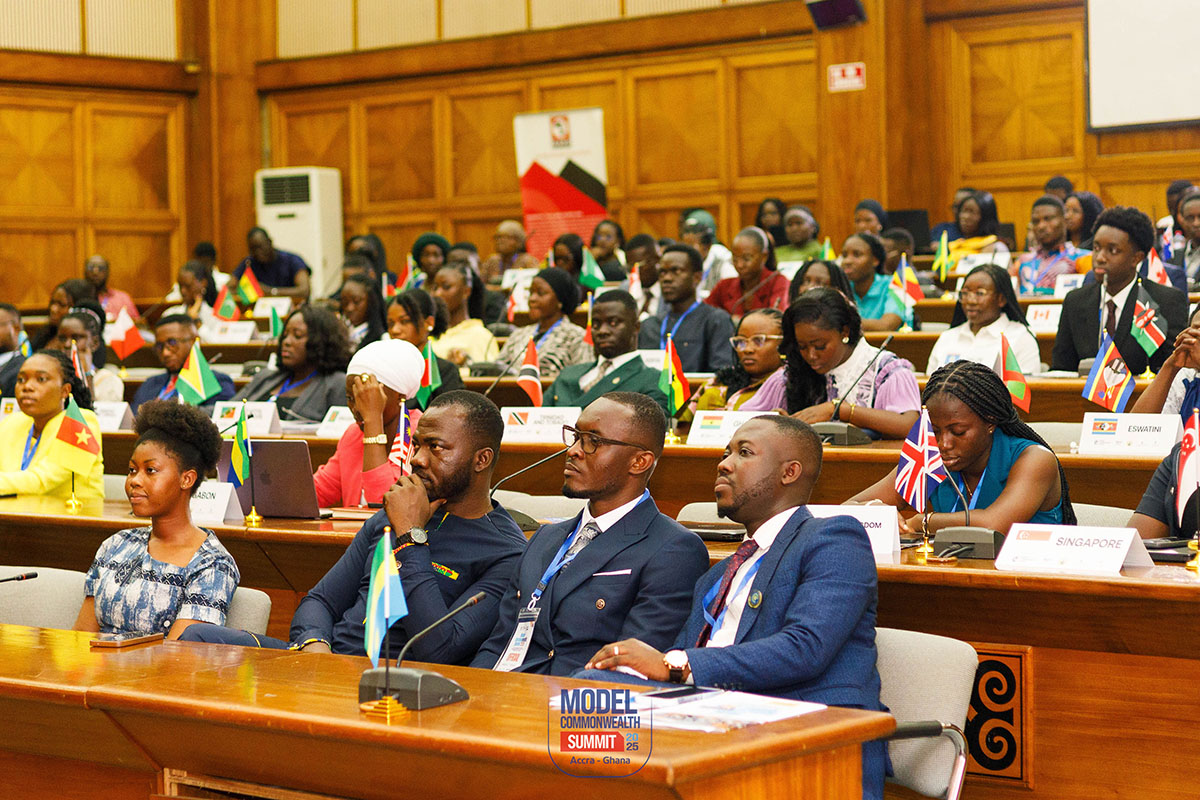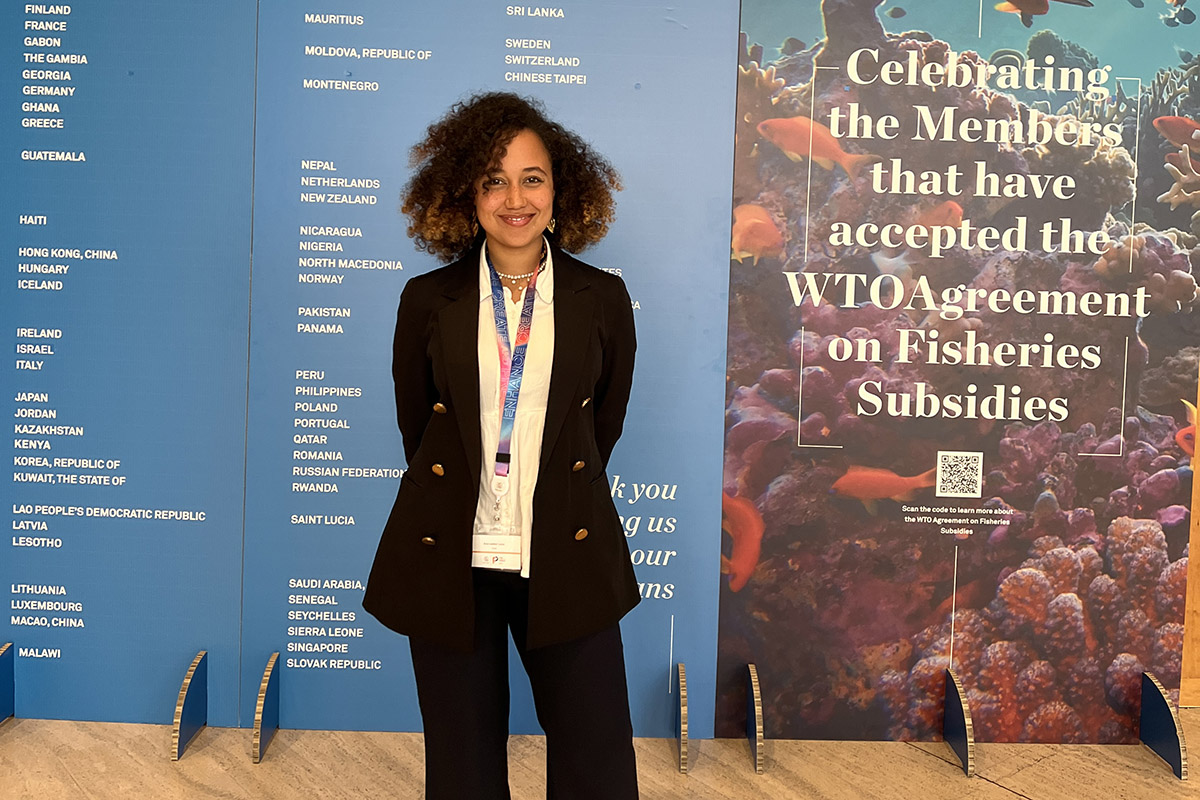International Youth Day: Stop Telling Us We’re the Future
August 11by Justin R. Langan
As a resident of Manitoba’s expansive prairie lands, I experienced infrequent use of the term “youth engagement.” The organization of community events fell to adult leadership, while bureaucratic officials made policies, and young people received little opportunity to share their thoughts. Young people have consistently expressed themselves, although formal spaces have remained silent. The essential matter is who would take the time to listen.
Every year, on International Youth Day, the worldwide population reiterates its interest in youth empowerment practices. My experience between local community centers and international forums, starting in Swan River and venturing to Geneva, has shown that engagement represents more than a trendy term. It’s a promise. The promise, however, remains unfulfilled more often than not.
Systems during my Indigenous upbringing in my rural town taught me that these structures failed to accommodate people like me. Systems were unable to accommodate youth at every educational institution and healthcare facility, as well as throughout policymaking processes. My upbringing did not include learning to take a seat at official gatherings, so I constructed my leadership position from whatever resources I managed to gather. The tools I chose were volunteering, advocacy, and organizing, because I decided to make myself visible. I obtained these tools through my initiative, rather than receiving them from someone else, because I chose to stop being invisible.
Youth engagement has become one of the most frequently discussed topics in Canada. Governments establish youth councils for consultation, but these mechanisms often remain empty exercises. The process of tokenization occurs instead of building trust between stakeholders. These institutions demand feedback from participants, yet they do not offer any feedback. Organizations present diverse groups to the public without granting them the authority to decide on essential matters. The system gathers youth ideas yet fails to provide any means for them to lead.
The essential lesson I learned from my work with Indigenous Elders, my organizing with LGBTQ+ youth, and facilitating dialogues with marginalized communities worldwide is that youth engagement needs to be founded on three essential pillars: equity and accountability alongside reciprocity. The process needs to break down barriers that prevent certain groups from participating in the process. The transformation should take mentorship toward establishing mutual leadership structures.
A genuine process of engagement requires organizations to support young individuals before they become exhausted. The approach requires meeting youth members at their specific locations, whether they reside on reservations, in refugee camps, or rural towns without bus routes and unreliable internet. The establishment of pathways should focus on providing opportunities to both the courageous, unspoken voices and those who are well-connected or highly articulate.
We are tired of being called the future, because we are also the present.
Youth are not a monolith. We are students, workers, caretakers, and change-makers. The youth population includes queer individuals and people who are racialized and disabled, as well as those of Indigenous descent. People in this generation exhibit a balance of psychological resilience and inner strength, along with optimism. Young people reject being called only the future because we currently exist as part of the present time.
Canada has indeed demonstrated meaningful youth engagement through Indigenous youth drafting climate strategies and young Black leaders creating anti-racism legislation, while student activists reshape mental health and housing narratives. These are not anomalies. These are blueprints.

The creation of O’KANATA as a national Indigenous youth-led non-profit occurred because I knew the system would not welcome us; yet, I believed we could develop ourselves into leaders who would claim our rightful place. The organization connects traditional wisdom with policy understanding, training youth to speak truth to power while simultaneously equipping them to become leaders themselves. Our organization battles daily for three essential elements that should not limit youth empowerment in a country that values its youth recognition, funding, and access.
Youth engagement in this territory, which contains treaties and opposing principles, requires clarification of its true meaning.
- The approach needs to evolve from asking how youth can contribute to identifying the barriers that prevent their involvement.
- It means confronting the fear of relinquishing power.
- The process of engagement develops into an ongoing connection rather than a single event. A connection developed through enduring relationships based on trust alongside transparent actions and meaningful changes.

The present generation refuses to await empowerment. Our generation has created internal national structures and international coalitions that exceed simple hashtag movements. Proper institutional support for youth requires organizations to transform their approach to youth engagement by establishing shared leadership and adopting a humble approach in their practices.
Empowering young people creates a stronger democracy, and ultimately, it makes democracy truly real.






